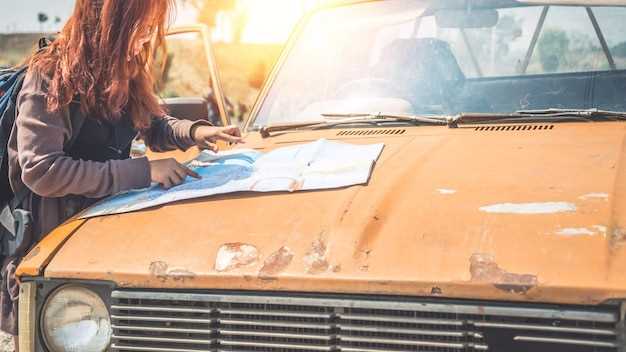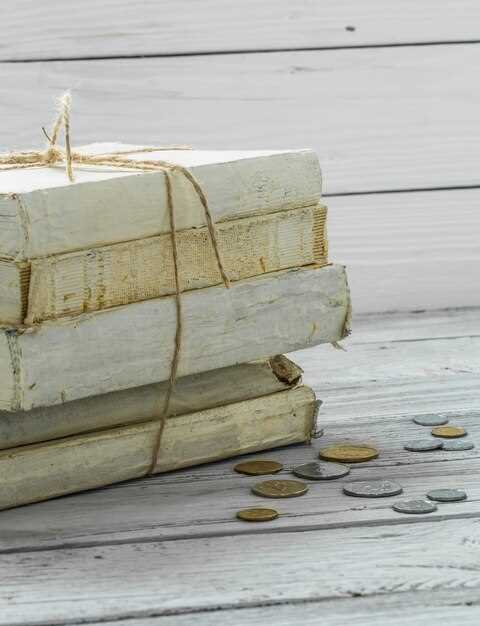
When it comes to classic vehicles, a persistent debate rages among enthusiasts and collectors: should you invest in a restored classic or an unrestored model? Each option has its advantages and challenges, making it essential for potential buyers to carefully consider their choices. This article will explore the benefits and drawbacks of both restored and unrestored classics to help you make an informed decision.
Restored classics often come with the allure of pristine condition and an impeccable aesthetic. A vehicle that has undergone comprehensive restoration usually features modern upgrades and repairs that enhance performance and reliability. However, it’s crucial to evaluate the quality of the restoration work, as not all restorations are created equal. Tips for assessing a restored vehicle include checking for authenticity in parts used, as well as examining the overall craftsmanship of the restoration process.
On the other hand, unrestored classics can offer a unique appeal for purists and those looking for a project. These vehicles may have their original parts and patina, providing a genuine snapshot of automotive history. Purchasing an unrestored vehicle can be a more affordable option, but it also comes with the responsibility of potential restoration costs. Understanding the current condition of the vehicle and estimating future investment will be key in determining if an unrestored classic is the right fit for your needs.
Restored vs Unrestored Classics: Which is the Better Buy?
When it comes to purchasing classic vehicles, potential buyers often face a critical decision: to buy a restored or unrestored classic. Each option has its advantages and drawbacks that can significantly influence long-term satisfaction and investment value.
A restored classic vehicle often attracts buyers seeking aesthetic appeal and immediate usability. These vehicles have undergone significant repairs and refurbishments, including bodywork, paint, engine overhauls, and interior renovations. For buyers who desire a ready-to-drive classic without the hassle of repairs, restored vehicles can be a great choice. However, it’s essential to investigate the quality of the restoration work, as poor craftsmanship can lead to ongoing issues and diminished value.
In contrast, unrestored classics appeal to buyers interested in authenticity and originality. Purchasing an unrestored vehicle often means a lower initial cost and the potential to customize the vehicle according to personal preferences. Buyers looking to restore the vehicle themselves may also find joy in the restoration process. However, potential pitfalls include hidden issues that may require costly repairs and the possibility of lower resale value if the vehicle does not retain its original condition.
When considering which option to choose, buyers should evaluate their own preferences, budget, and long-term goals. If immediate enjoyment and usability are priorities, a restored classic may be the best buy. Conversely, for buyers who appreciate project vehicles and originality, an unrestored classic could prove to be the wiser investment. Regardless of the choice, it’s crucial to conduct thorough research and inspections, gathering as much information as possible before making a purchase decision.
Evaluating the Costs of Restoration for Classic Cars
Restoring a classic car can be a rewarding endeavor, but it is essential for a potential buyer to understand the costs involved before embarking on this journey. Restoration expenses can vary significantly based on the vehicle’s make, model, condition, and the extent of the work required.
One of the first tips for assessing restoration costs is to create a detailed plan. Break down the restoration into major components, including engine repairs, bodywork, interior restoration, and any necessary upgrades. This structured approach helps to provide a clearer picture of overall expenses.
Next, research the average costs associated with restoring specific models. Some classic cars have a wealth of resources available for restoration, while others may require specialized parts that can drive up expenses. Identifying these variables early can save buyers from unexpected financial burdens later on.
Labor costs can also significantly impact the total restoration budget. If you plan to hire professionals for specific tasks, obtaining multiple quotes is advisable to ensure reasonable pricing. Conversely, if considering a DIY approach, factor in the time and effort required, along with the potential for mistakes that could lead to additional expenses.
Another critical aspect is to account for unexpected issues that may arise during restoration. A vehicle that appears in relatively good shape may reveal hidden problems, such as rust or mechanical issues, once work begins. Budgeting a contingency fund of 10-20% of the estimated costs can help manage these surprises effectively.
Lastly, potential buyers should also consider the resale value of the vehicle post-restoration. Some classic cars appreciate significantly, while others may not hold their value as well. Evaluating the market demand for the specific make and model can provide insights into whether restoration is a financially sound decision.
Assessing the Value of Originality in Unrestored Vehicles

The allure of unrestored classic vehicles often lies in their originality. An original vehicle retains its historic essence, providing a direct link to the past. Buyers keen on originality usually appreciate the unique character that comes with imperfections and wear, distinguishing these cars from their restored counterparts.
One of the primary advantages of purchasing an unrestored vehicle is its potential for maintaining or increasing in value. Original vehicles tend to appeal to collectors who prioritize authenticity. When assessing the value, consider the vehicle’s provenance, rarity, and condition. A vehicle with a well-documented history and minimal modifications can command a higher price in the long run.
Buyers should also be aware of the importance of parts availability. Many unrestored vehicles may require repairs that necessitate sourcing original components. This adds to the overall investment but can enhance the vehicle’s value when maintained as close to original as possible.
For those considering an unrestored classic, here are some tips to keep in mind:
- Research the Model: Understand the typical issues associated with the model and what is considered original.
- Inspect Thoroughly: Look for rust, frame damage, and previous modifications that might affect authenticity.
- Document Everything: Keep records of the car’s history and any work done, as this can add to its resale value.
Ultimately, the value of originality in unrestored vehicles is significant not only for potential appreciation but also for the enjoyment of owning a piece of automotive history. A well-considered purchase can lead to both emotional fulfillment and financial reward, making unrestored classics a compelling choice for discerning buyers.
Key Considerations When Buying a Restored Classic Car

Purchasing a restored classic car can be an exciting venture, but it’s essential for buyers to approach the process with caution and awareness. Here are some crucial tips to keep in mind when considering a restored classic vehicle:
- Verify Restoration Quality: Not all restorations are created equal. Look for documented evidence of the restoration process, including photos, receipts, and lists of parts used. A well-documented restoration adds value and helps confirm the quality of the work.
- Inspect the Vehicle: Always conduct a thorough inspection of the car. Pay attention to the paint job, bodywork, and interior condition. Look for signs of poor craftsmanship, such as uneven panel gaps, rust, or poorly applied finishes.
- Check for Original Parts: Many buyers prefer classic cars with a high percentage of original parts. Ask the seller about replacements and modifications made during restoration. Original parts can enhance the authenticity and value of the vehicle.
- Research Market Value: Familiarize yourself with the market value of the particular model you are interested in. Compare prices for similarly restored vehicles to ensure you are making a sound financial decision.
- Understand Maintenance Needs: Classic cars often require more maintenance than modern vehicles. Consider the upkeep and availability of parts specific to the restored model you are interested in. Factor these costs into your budget.
- Request a Test Drive: A test drive can reveal a lot about the vehicle’s performance. Pay attention to how it handles, any unusual noises, and whether all systems are functioning properly.
- Consider Professional Appraisal: If you’re uncertain about the value or condition of a restored classic car, consider hiring a professional appraiser. This step can provide peace of mind and ensure that you are making a wise investment.
Making an informed decision when buying a restored classic car can enhance your ownership experience and protect your investment. Keep these tips in mind to navigate the market effectively.
